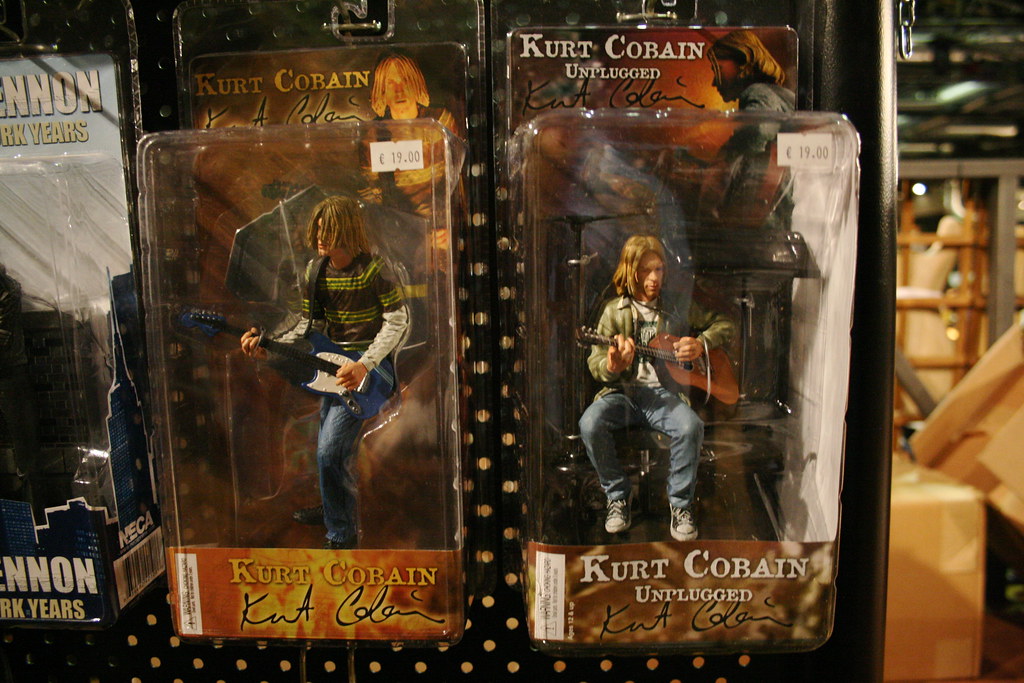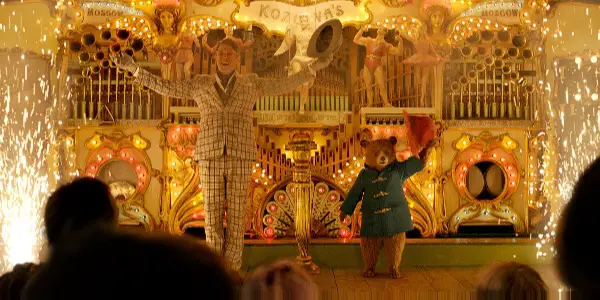It’s a scene etched into the collective memory of a generation: Kurt Cobain – the mysterious frontman of Nirvana – died tragically young, becoming an unwitting spokesman for an entire generation and leaving a huge void in the music world that still reverberates throughout today. His death on April 5, 1994, marked the end of an era, but his influence on music and fashion continued reverberating through the decades.
While his music forms the most important part of Cobain’s legacy, he has much more to offer. Equally notable, though, is his unintentional role as a fashion icon. Cobain’s disheveled appearance, characterized by baggy sweaters, jeans, and Converse sneakers, became synonymous with the grunge movement. This was a sharp contrast from the well-polished look of the 1980s and hit home with young people who dug the rawness of Cobain’s look.
Cobain’s Fashion Choices Were Practical and Personal Reasons.
Western Washington had a cold and damp climate, and that necessitated layers. Cobain’s financial struggles meant he dressed like a hodgepodge of thrift store finds and hand-me-downs. He also wore multiple layers to appear bulkier because of his self-awareness of his own thinness. The elements for this look came together to make a look that was as much a statement of necessity as it was a rejection of the trappings of fame.

His style was emulated by fans and fellow musicians alike, with figures like Chris Cornell and Eddie Vedder adopting similar aesthetics. However, grunge also became the legacy of Courtney Love—Cobain’s wife and frontwoman of Hole, who added to the grunge look with her ‘kinderwhore’ look. The industry of fashion, as it is always eager to grab the opportunity, took it to its notice, and designers such as Marc Jacobs saw that in grunge, they could incorporate elements in their high-end collections. This appropriation was met with mixed reactions, with some critics viewing it as a betrayal of the movement’s anti-capitalist ethos.
Its casual, unpretentious vibe is still very much appealing to those looking for a different kind of fashion than the polished mainstream continues to influence fashion. Nirvana’s raw, emotional music has become the touchstone for fans young and old born during and after the grunge revolution—those who will ensure Cobain’s role in that style of rock will not be forgotten.
Going a little deeper into the sartorial legacy of Kurt Cobain, we see a man who inadvertently became a fashion icon. Cobain’s style was not about making a statement in the world of haute couture; it was a natural byproduct of Cobain’s environment, Cobain’s economic circumstances, and Cobina’s personal battles. But that very authentic sense was something that found its way into a generation and continues to affect fashion today.
Necessity and circumstance made up his wardrobe, and he was a thrift store treasure collector, hand-me-down wearer, and surplus store bargain man. The clothing, a mix of different styles, would come to typify the grunge movement, and the visual for the music was quite raw and unpolished. Along with Cobain being frequently spotted in the same outfits, his style was replicable for fans who saw something of their disaffected youth in him.
Cobain led the grunge movement, which was a stark contrast, and, perhaps, a healthy one, from the glam metal the airwaves looked like in the late ’80s. While bands like Bon Jovi and Whitesnake may have been leading the excess and flamboyance charge, it was going to be Nirvana and their Seattle peers that would bring music and fashion back down to earth. The 1992 film ‘Singles’ further cemented this aesthetic in the cultural zeitgeist, with characters donning the same flannel and denim that had become synonymous with the Seattle scene.
The Fashion Industry Failed to Embrace the Grunge Trend and Faced Backlash.
His Spring 1993 collection for Perry Ellis: heavily grunge and a commercial and critical flop. Garments that were supposed to model anti-consumerism were seen as vehemently against the idea when they had such a high price tag attached to them. Howls of outrage followed, and Jacobs was swiftly ousted from Perry Ellis, and the collection turned into a cautionary tale of cultural appropriation writ large.
Although the fashion missteps were commercial, Cobain’s influence continued. He was a known lover of Converse sneakers and wrote ‘endorsement’ ironically on a pair of Chuck Taylors about this ambivalence of commercialism. When Cobain died, Converse came out with a Nirvana-themed shoe, a homage to the impact Cobain made on the brand, but an impact Cobain would have never had had he been alive.
The Grunge look has stood the test of time, it’s comfortable, lackadaisical, and refusal to be pretentious is and has always been too tempting to those who hate the mainstream fashion. Nirvana’s music is so popular, that its spirit of grunge will not go away. Despite changes in Seattle’s landscape to welcome tech companies there, you will find that ‘grunge casual’ still runs strong.
Cobain’s Relationship with Fashion Was Complex, but he was a reluctant icon, whose personal style iconized a movement. He was disdainful of the commercialization of grunge, but no one can deny his influence on fashion. Perhaps most famously paradoxical is the fact that an anti-capitalist icon would be welcomed, revered, and even heralded by the fashion industry, which so sorely lacks authenticity. In fashion, as with his music, Cobain’s legacy is a testament to a cultural moment that still rings true for those who require genuineness in a world that is otherwise often inauthentic.
The younger generation’s fondness for the grunge rock movement marks the deathrock fashion of Kurt Cobain whose promising music is just as enduring as his everlasting style. His style was a visual anthem for a disenfranchised generation looking for something real and tired of the fuzzed-over polish of the 80′s. Although Cobain’s influence on fashion was unintentional, it was powerful, and so dug in deep. His look wasn’t just a trend, but rather it being a statement of identity – a badge of honor, for those who accepted the rawness of grunge. While Cobain’s style is something we can take a look back at, he does leave a legacy that will forever transcend time and continues to have such an impact because authenticity is something people never stop wanting.
Related posts:
Duff McKagan: the last musician to see Kurt Cobain alive
Kurt Cobain, accidental fashion icon | Design and Architecture
Trans activist is slammed for claiming Kurt Cobain was TRANSGENDER because iconic Nirvana frontman often wore women’s clothes



